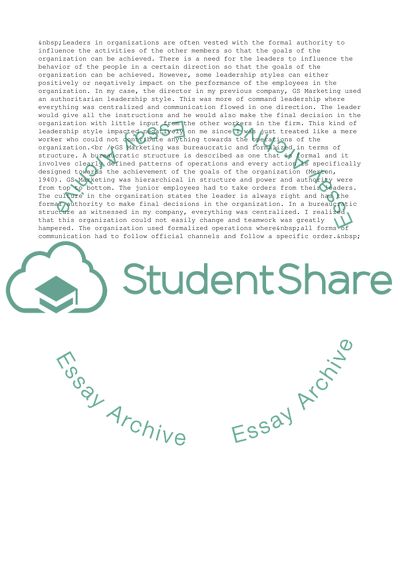Cite this document
(Importance of Leadership in Organisations Coursework Example | Topics and Well Written Essays - 1750 words, n.d.)
Importance of Leadership in Organisations Coursework Example | Topics and Well Written Essays - 1750 words. https://studentshare.org/business/1809675-management-assignment-2-leadership-assessment
Importance of Leadership in Organisations Coursework Example | Topics and Well Written Essays - 1750 words. https://studentshare.org/business/1809675-management-assignment-2-leadership-assessment
(Importance of Leadership in Organisations Coursework Example | Topics and Well Written Essays - 1750 Words)
Importance of Leadership in Organisations Coursework Example | Topics and Well Written Essays - 1750 Words. https://studentshare.org/business/1809675-management-assignment-2-leadership-assessment.
Importance of Leadership in Organisations Coursework Example | Topics and Well Written Essays - 1750 Words. https://studentshare.org/business/1809675-management-assignment-2-leadership-assessment.
“Importance of Leadership in Organisations Coursework Example | Topics and Well Written Essays - 1750 Words”. https://studentshare.org/business/1809675-management-assignment-2-leadership-assessment.


